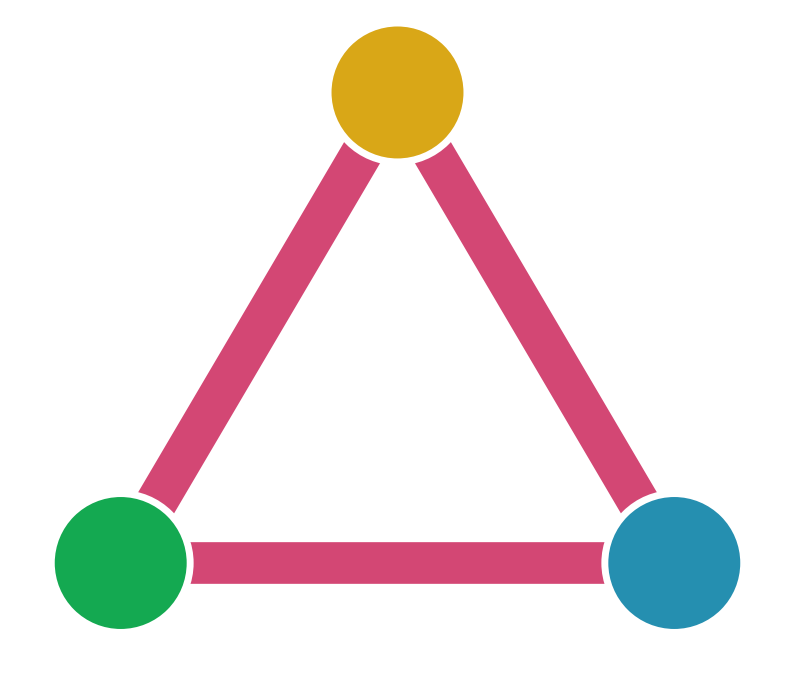Contingency Analysis#
Contingency analysis is concerned with the behaviour of the power system after contingencies such as the outage of particular branches. Only branch outages and the resulting effects on linear power flow are considered here; extensions for non-linear power flow and generator outages may be added in the future.
Branch Outage Distribution Factors (BODF)#
sub_network.caculate_BODF() calculates the matrix of Branch Outage
Distribution Factors (BODF) and stores it as
sub_network.BODF. (BODF are also called Line Outage Distribution
Factors (LODF) in the literature, but in PyPSA other passive branches
such as transformers are also included.)
The BODF gives the change of flow on the branches in the network following a branch outage, based on the linear power flow.
For the outage of branch \(c\), let \(f_b\) be the flows before the outage and \(f_b^{(c)}\) be the flows after the outage. Then the BODF is defined by
The BODF can be computed fairly directly from the Power Transfer Distribution Factors (PTDF). First build the branch PTDF \(BPTDF\) from the PTDF and incidence matrix \(K\)
\(BPTDF_{bc}\) gives the change in flow on branch \(b\) if a unit of power is injected at the from-bus of branch \(c\) and withdrawn from the to-bus of branch \(c\). If branch \(b\) is the only branch connecting two regions, then \(BPTDF_{bb} = 1\), since the power can only flow between the two ends of the branch through the branch itself.
The off-diagonal entries of the BODF \(b \neq c\) are given by:
If \(c\) is the only branch connecting two regions, so that the regions become disconnected after the outage of \(c\), then \(BPTDF_{cc} = 1\) and \(BODF_{bc}\) becomes singular; this case must be treated separately since, for example, each region will need its own slack.
The diagonal entries of the BODF are simply:
See pypsa.SubNetwork.calculate_BODF() for further details.
Linear Power Flow Contingency Analysis#
The function pypsa.Network.lpf_contingency() computes a base
case linear power flow (LPF) with no outages for snapshot, and
then cycles through the list of branches in branch_outages and
computes the line flows after the outage of that branch using the BODF.
Security-Constrained Linear Optimal Power Flow (SCLOPF)#
The Security-Constrained Linear Optimal Power Flow (SCLOPF) builds on the Linear Optimal Power Flow (LOPF) described in Power System Optimization by including additional constraints that branches may not become overloaded after the outage of a selection of branches.
The SCLOPF is called with the method pypsa.Network.optimize.optimize_security_constrained().
Note that
network.optimize.optimize_security_constrained() is implemented by adding
additional constraints to the standard formulation of the LOPF in
network.optimize().
For each potential outage of a branch \(c\) add a set of constraints for all other branches \(b\) in the sub-network that they do not become overloaded beyond their capacity \(F_b\):
This applies for all snapshots \(t\) considered in the optimisation.
